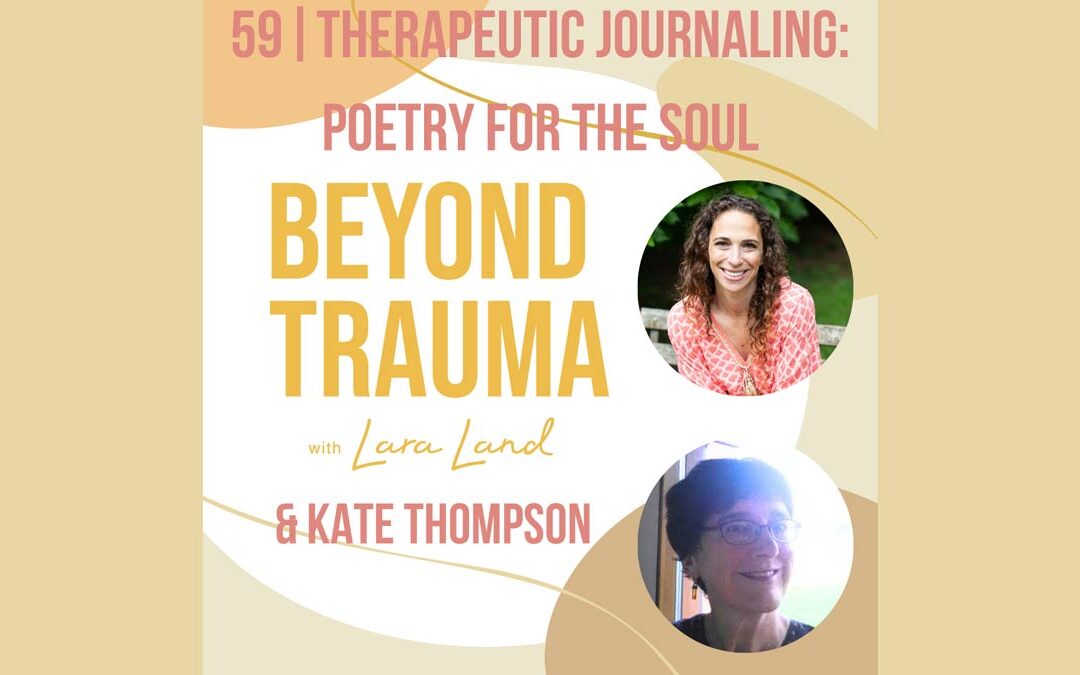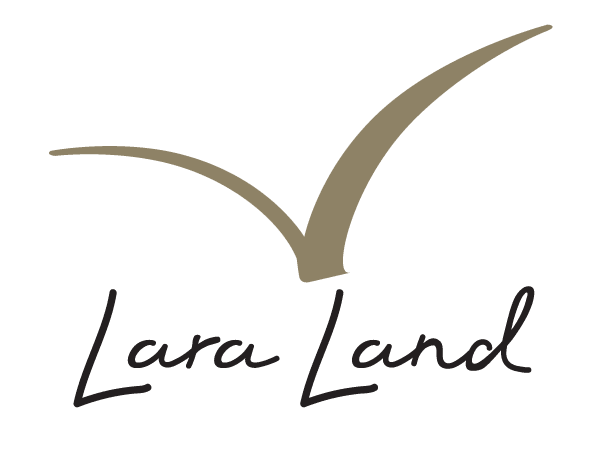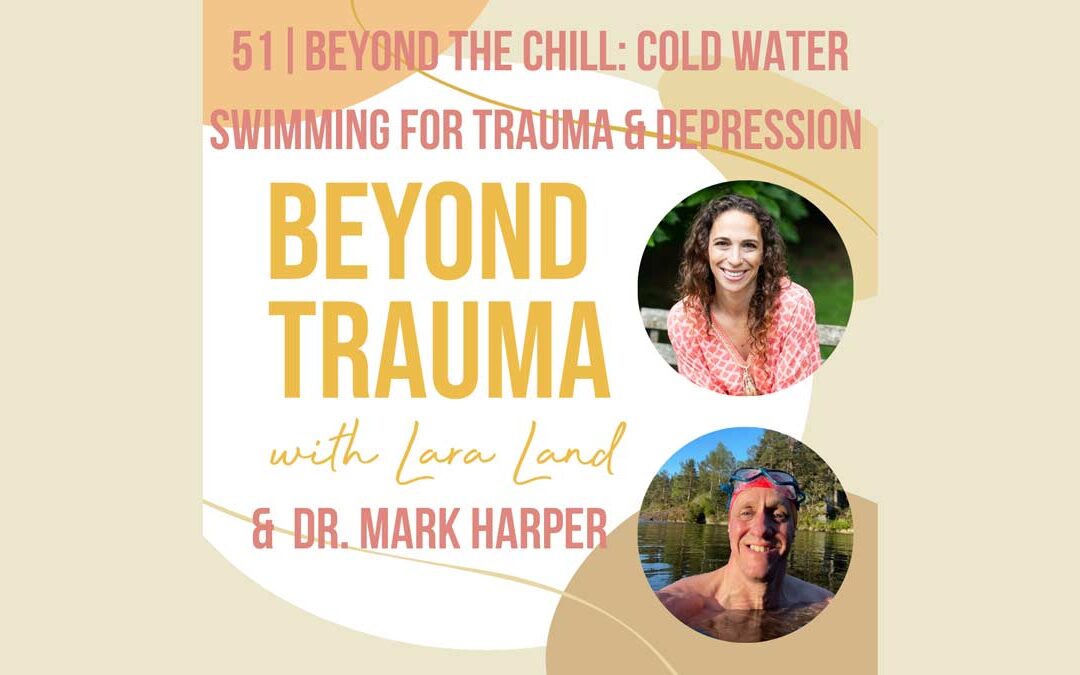
The Healing Power of Therapeutic Journaling: Exploring the Work of Kate Thompson
What is Therapeutic Journaling?
Therapeutic journaling is the practice of writing down one’s thoughts, feelings, and experiences with the aim of improving mental health and emotional well-being. Unlike traditional journaling, which may simply record daily events, therapeutic journaling is more focused and intentional, often guided by specific prompts or themes. This practice encourages self-reflection, insight, and emotional expression, which can lead to greater self-awareness and personal growth.
The Benefits of Therapeutic Journaling
- Emotional Release: Writing provides a safe outlet for expressing emotions that might be difficult to articulate verbally. It allows individuals to process complex feelings and release pent-up emotions, leading to a sense of relief and catharsis.
- Self-Discovery: Through journaling, people can explore their inner world, uncovering patterns in their thoughts and behaviors. This can lead to a deeper understanding of oneself and one’s motivations.
- Stress Reduction: The act of writing about stressful experiences can help to reduce the impact of stress. It allows individuals to organize their thoughts and gain perspective, which can decrease anxiety and promote relaxation.
- Problem Solving: Journaling can aid in problem-solving by helping individuals to clarify their thoughts, consider different perspectives, and brainstorm potential solutions.
- Improved Mood: Regular journaling has been associated with improved mood and a reduction in symptoms of depression and anxiety. It can serve as a positive coping mechanism, promoting resilience and emotional stability.
Kate Thompson: A Pioneer in Therapeutic Journaling
Kate Thompson is a renowned psychotherapist, author, and educator who has significantly contributed to the field of therapeutic journaling. Her work emphasizes the therapeutic potential of writing and provides practical guidance for individuals seeking to incorporate journaling into their self-care routines.
Key Contributions and Works
- Books and Publications: Thompson has authored several influential books on therapeutic writing, including “Therapeutic Journal Writing: An Introduction for Professionals” and “Writing for Recovery: A Workbook for Healing.” These works offer valuable insights into the principles and practices of therapeutic journaling, making them accessible to both professionals and individuals.
- Workshops and Training: Through workshops, training sessions, and speaking engagements, Thompson has educated countless therapists, counselors, and individuals about the benefits of therapeutic journaling. Her interactive approach and practical exercises empower participants to integrate journaling into their therapeutic practices or personal lives.
- Research and Advocacy: Thompson has been a vocal advocate for the therapeutic potential of writing. Her research and advocacy efforts have helped to elevate the status of journaling as a legitimate and effective therapeutic tool within the mental health community.
- Personal Approach: One of the hallmarks of Thompson’s work is her emphasis on the personal and individualized nature of journaling. She encourages people to find their unique voice and style, making the practice of journaling a deeply personal and meaningful experience.
Getting Started with Therapeutic Journaling
For those interested in exploring therapeutic journaling, here are a few tips to get started:
- Set Aside Time: Dedicate a specific time each day or week for journaling. Consistency is key to reaping the benefits of this practice.
- Create a Safe Space: Choose a quiet and comfortable place where you can write without distractions.
- Use Prompts: If you’re unsure where to start, use prompts to guide your writing. Prompts can be questions, quotes, or themes that inspire reflection and exploration.
- Be Honest: Write honestly and without self-censorship. Your journal is a private space where you can express yourself freely.
- Reflect and Review: Periodically review your journal entries to gain insights and track your progress. Reflecting on your writing can deepen your understanding and foster personal growth.
Make sure to listen to the latest episode of Beyond Trauma to learn more about Kate and therapeutic journaling. Whether you are a therapist looking to incorporate journaling into your practice or an individual seeking personal growth, the practice of therapeutic journaling offers a path to self-discovery, healing, and transformation.





Recent Comments